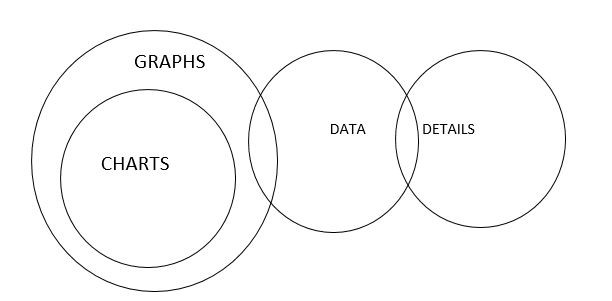Question
Statements: All charts are graphs. Some
graphs are data. Some data are details. Conclusions: I. Some graphs are details. II. Some charts are data. III. Some data are not graphs. In each of the questions below are given three statements followed by three conclusions numbered I, II and III. You have to take the given statements to be true even if they seem to be at variance with commonly known facts. Read all the conclusions and then decide which of given conclusions logically follows from the given statements disregarding commonly known facts.Solution
Some graphs are data(I) + Some data are details(I) ⇒ No conclusion. Hence, conclusion I does not follow. All charts are graphs(A) + Some graphs are data(I) ⇒ No conclusion. Hence, conclusion II does not follow. Some graphs are data(I) ⇒ Conversion ⇒ Some data are graphs(I). Hence, conclusion III does not follow. ALTERNATE METHOD: 
A premilling hydrothermal treatment given to unhulled rice (rough rice) is known as
Ozone layer is situated in which atmospheric layer?
The Total Forest and Tree cover is_____of the geographical area of the country.
The Rural Infrastructure Development Fund (RIDF) was established by which organization?
Under the PM-KISAN scheme, all landholding farmers' families shall be provided the financial benefit of Rs.____/-per annum per family payable in three...
Irrometers are suitable in
Botanical name of oats is
A plant showing yellowing between the veins (interveinal chlorosis) on older leaves is most likely deficient in which essential nutrient?
Which sowing method involves placing seeds in holes made in the seedbed at a fixed spacing?
Glazing is done on rice for
Relevant for Exams:


